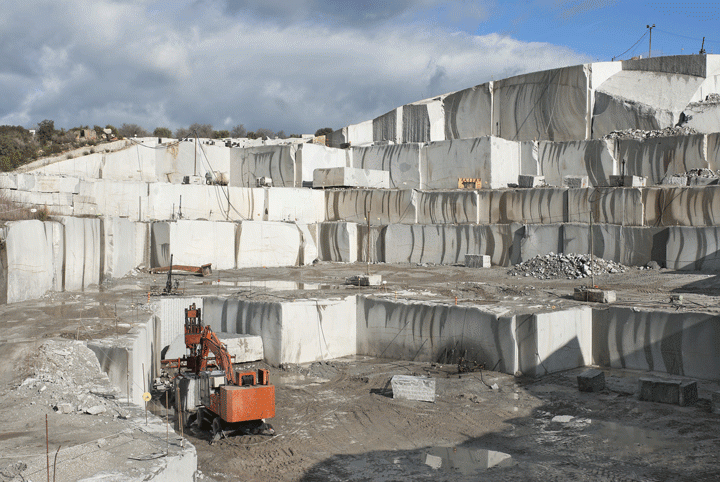The Covert Treasures: Checking Out Granite Quarries in South Africa
The Covert Treasures: Checking Out Granite Quarries in South Africa
Blog Article
Unearthing the Rich Background and Lasting Practices of Granite Quarrying
As we stand on the precipice of uncovering the detailed tapestry of granite quarrying, a journey with time exposes not just the physical act of removing rock however additionally the cultural and historical value woven into the really textile of this technique. From the old beginnings that laid the foundation for modern-day quarrying techniques to the sustainable methods that are shaping the future of this market, each carve mark on granite surfaces tells a story waiting to be uncovered (granite quarries in south africa). The heritage of granite quarrying stretches far past simple removal; it is a testament to human ingenuity, resilience, and the long-lasting allure of this stunning stone
Old Origins of Granite Quarrying
Dating back to old people, the practice of quarrying granite has been an important component of human background and architectural advancement. The earliest proof of granite quarrying go back to ancient Egypt, where enormous pyramids and intricate sculptures were crafted from this sturdy rock. The Egyptians utilized primitive tools to remove granite blocks from quarries, showcasing the relevance of this material in their monumental constructions.
Moving on in history, the Greeks additionally made substantial contributions to the quarrying of granite. The Greeks made use of granite in numerous building wonders, such as temples and statues, demonstrating their skill in shaping and carving this durable stone. The Romans better fine-tuned the methods of quarrying granite, using advanced devices like blades and hammers to remove and shape granite for their iconic frameworks.
With the centuries, the practice of quarrying granite has developed, with modern-day innovations improving efficiency while maintaining the ageless allure of this all-natural rock - granite quarries in south africa. From ancient people to contemporary building contractors, the legacy of granite quarrying remains to form our globe
Development of Quarrying Methods
The development of quarrying strategies has actually been noted by a continuous development in the direction of higher efficiency and precision in removing granite. Early quarrying techniques entailed manual labor with fundamental devices such as chisels, hammers, and wedges to draw out granite blocks from the planet.
Improvements in computer-controlled equipment and 3D modeling have optimized quarrying operations, leading to minimal environmental impact and improved sustainability practices. As the demand for granite continues to rise, the evolution of quarrying techniques remains essential to meeting market needs efficiently and sustainably.
Social Significance of Granite
Granite holds an extensive social relevance across different worlds as a result of its enduring presence in architectural work of arts and prized monoliths. From the magnificent pyramids of Egypt to the detailed makings of the Angkor Wat holy place in Cambodia, granite has actually been a product of choice for sharing majesty and durability in cultural heritage. In old Rome, granite columns embellished temples and public buildings, symbolizing toughness and durability. The cultural value of granite expands beyond its physical qualities; it symbolizes resilience, security, and timelessness, making it an icon of enduring heritages and practices.

Sustainable Practices in Quarrying
Among the rich background of granite quarrying and its social relevance lies an expanding focus on sustainable Your Domain Name techniques within the sector. As ecological awareness and problems regarding resource depletion have actually increased around the world, the quarrying market has significantly accepted sustainable techniques to minimize its effect on the atmosphere and bordering neighborhoods.

In addition, recovery and rehabilitation of quarry websites post-extraction are important to lasting methods. By recovering quarried areas to an all-natural or beneficial state, such as developing continue reading this wild animals environments or leisure areas, quarriers can counter the environmental footprint of their operations and add favorably to the neighborhood ecosystem.
Legacy of Granite Quarrying
With a historic background steeped in workmanship and industrial progress, what sustaining influence has granite quarrying left on the landscape of modern society? The heritage of granite quarrying transcends simple extraction practices; it has actually formed building marvels, urban landscapes, and social heritage worldwide. The long lasting nature of granite has actually made it a favored choice for monoliths, structures, and framework, standing as a testimony to the ability and virtuosity of quarry workers across generations.
Additionally, the economic impact of granite quarrying can not be neglected. The industry proceeds to supply work possibilities and drive local economic climates in regions where granite removal prevails. It has actually likewise spurred technological improvements in quarrying strategies and tools, causing a lot more efficient and sustainable techniques.
In regards to sustainability, the heritage of granite quarrying consists of initiatives to alleviate ecological effects through recovery jobs and liable source management. By stabilizing economic passions with ecological stewardship, the sector strives to ensure that future generations can continue to gain from this long-lasting natural deposit.
Final Thought

Report this page